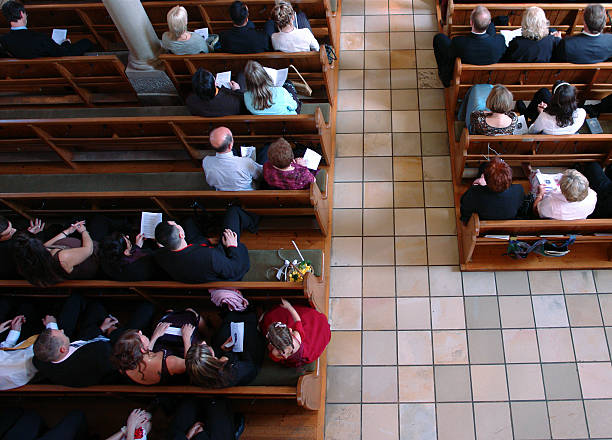Sealing church, mosque, chapel, parish, temple, synagogue floors is a critical aspect of preserving the character, safety, and longevity of these sacred spaces. Let’s explore why it matters:
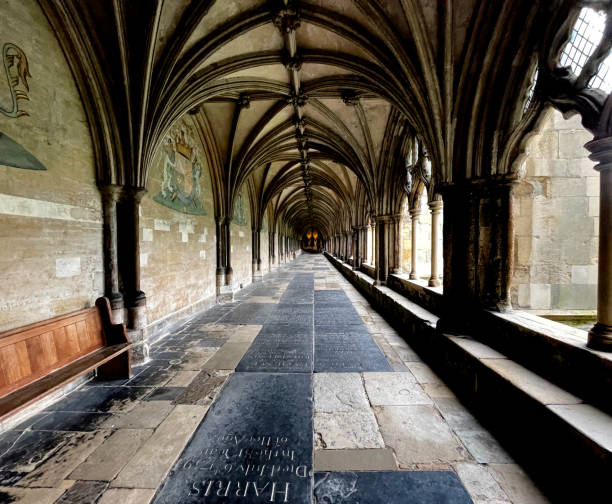
Preserving Character and Significance
The floor of any church building plays a vital role in providing the background to its character. Whether it’s a medieval church with original floors or a more recent one from the Georgian or Victorian era, each floor contributes to the overall appearance and architectural design. Historic floors, including repairs and accumulated surfaces, hold archaeological and historical value that must be understood and preserved.
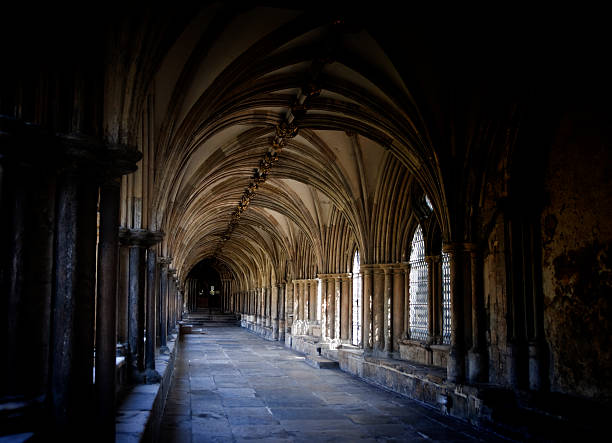
Enhancing Appearance and Durability
Sealing protects against wear, stains, and damage caused by foot traffic, furniture, and other factors. It ensures that floors remain visually appealing and structurally sound. For example, flagstones develop a natural sheen over time, while sealing products can alter the character and color of stone floors.
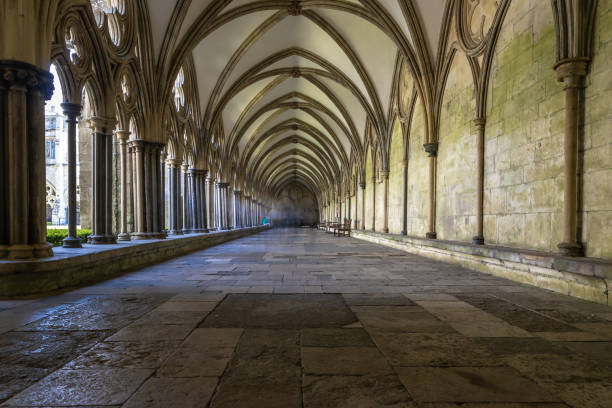
Safety and Maintenance
A well-sealed floor is easier to clean and maintain. Slip-resistant surfaces enhance safety for congregants and visitors. Neglecting sealing can lead to scuffs, markings, and long-term damage that regular cleaning alone cannot repair.
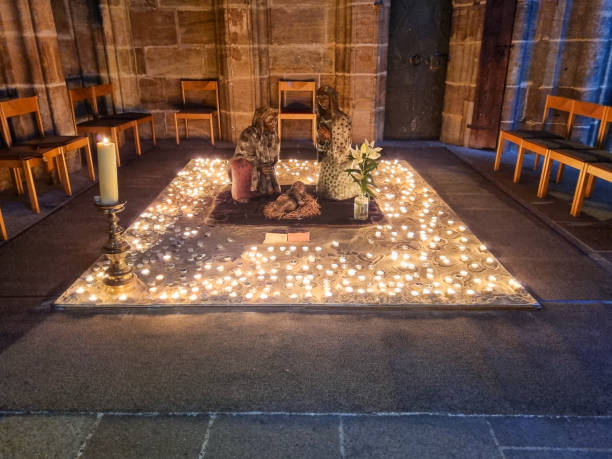
Liturgical Significance
Floors demarcate and differentiate spaces within ecclesiastical buildings. Changes in level and floor finishes reflect liturgical practices, the importance of sanctuary, and the hierarchy of sacred spaces. Sealing preserves these historical and spiritual aspects of church architecture.
In summary, sealing church floors is not only about aesthetics but also about honoring their significance, ensuring safety, and maintaining their role in worship and tradition.

